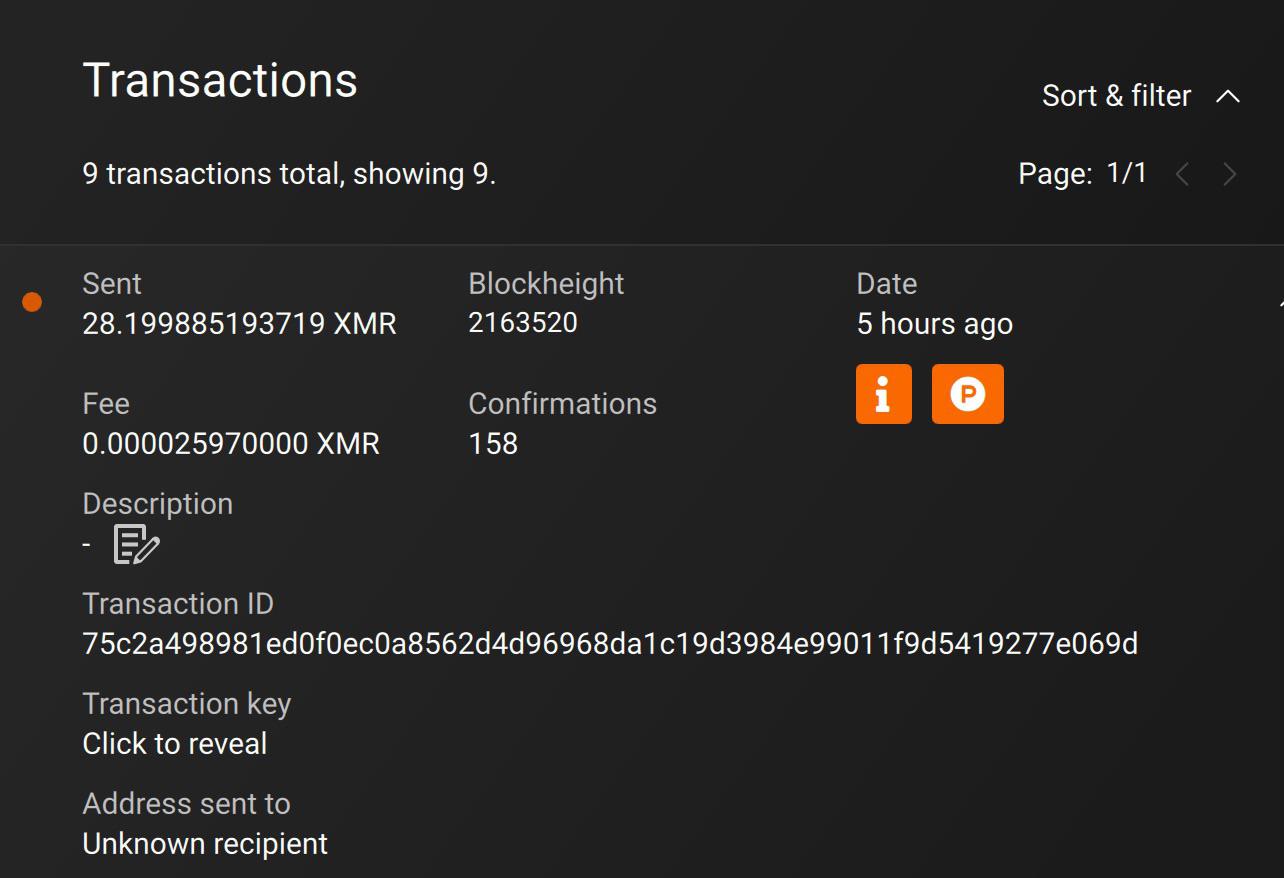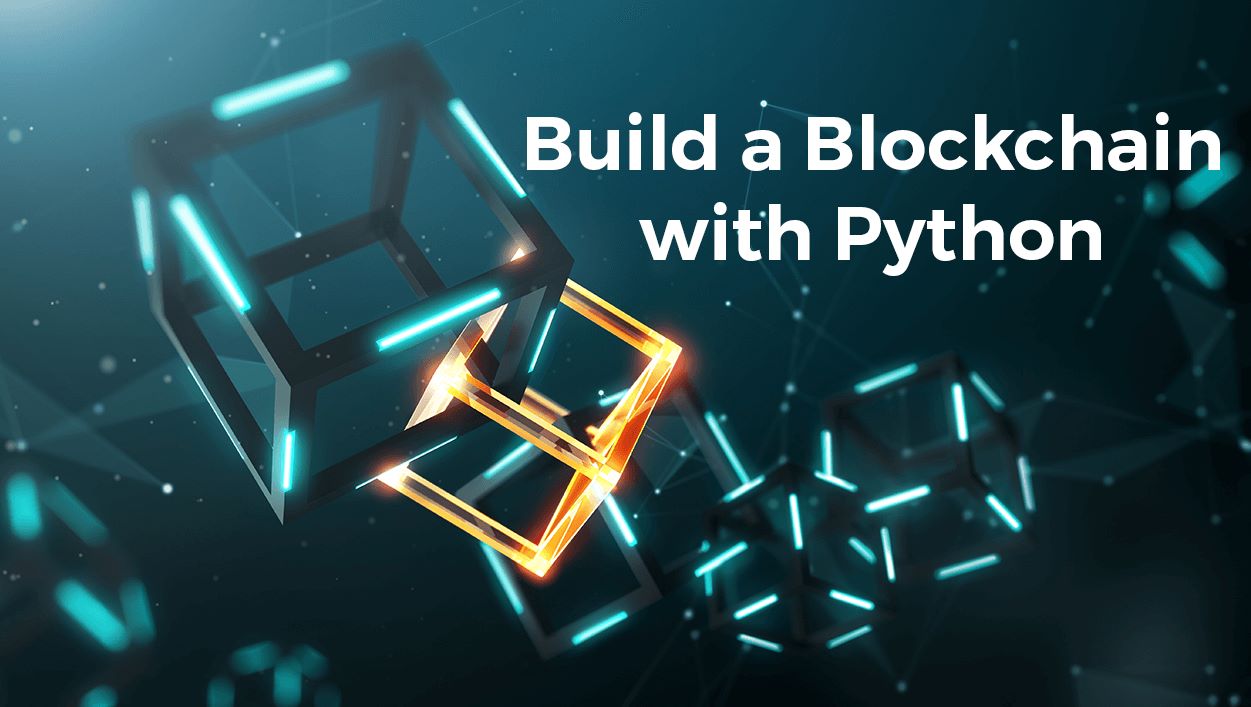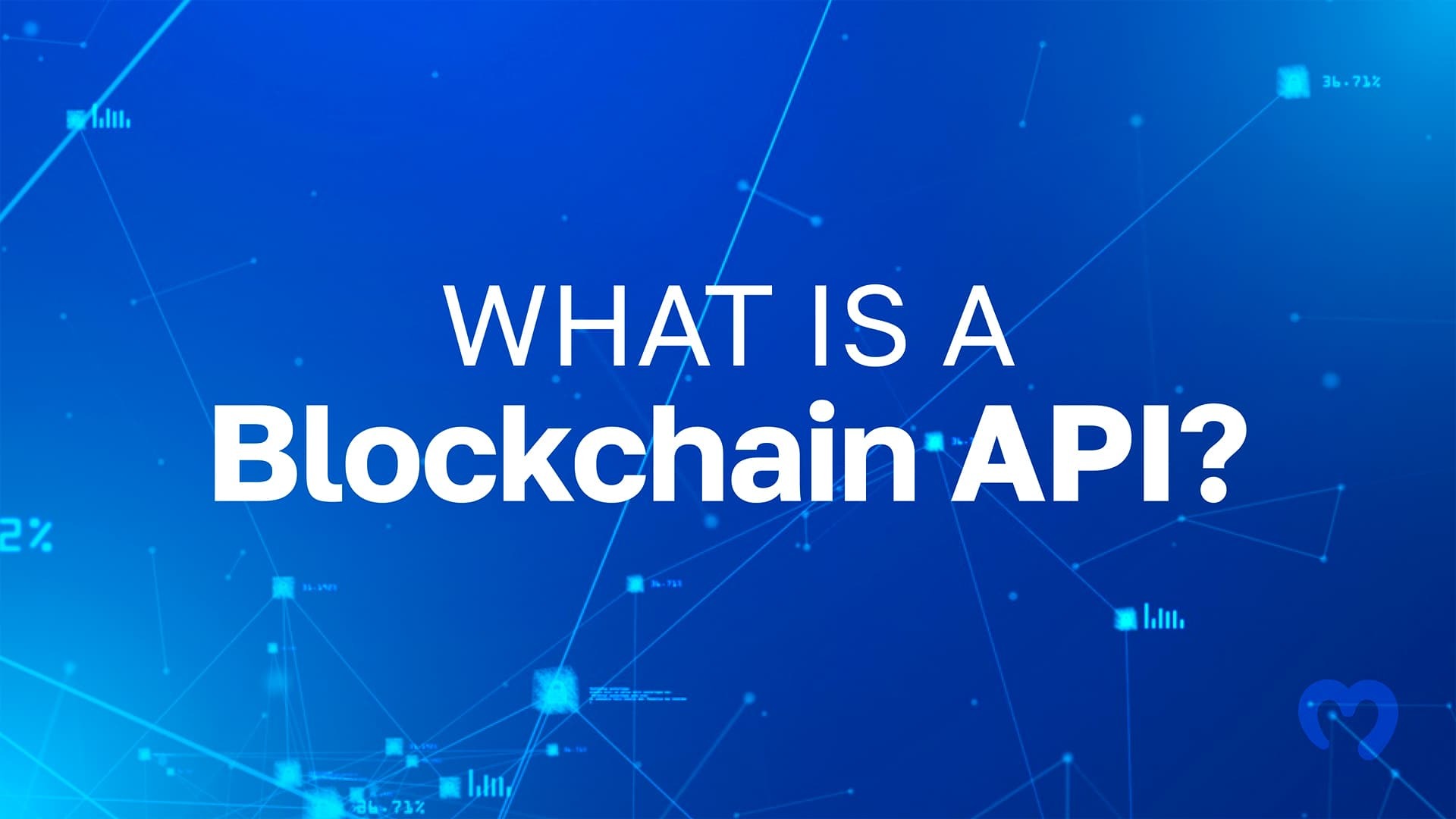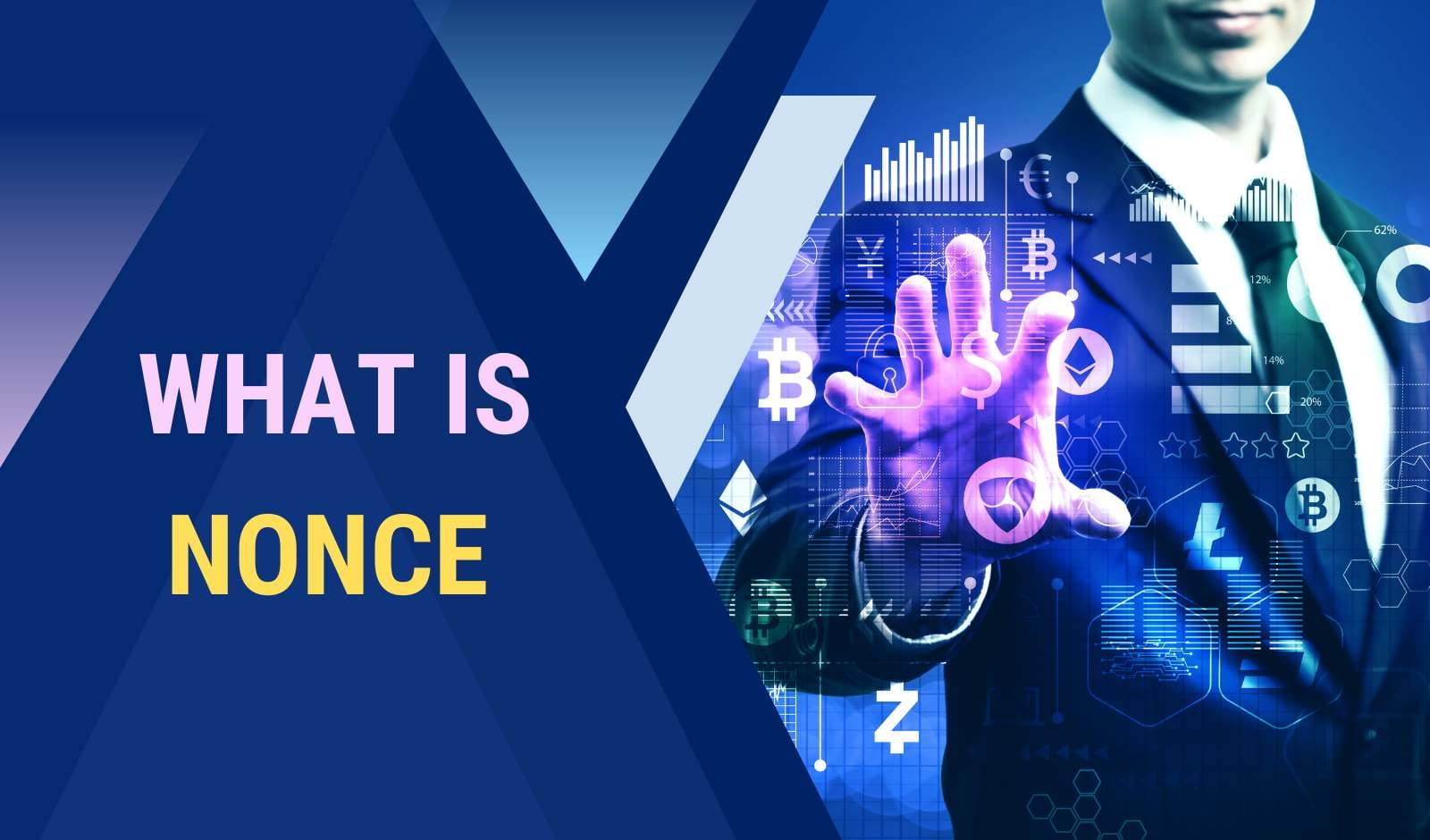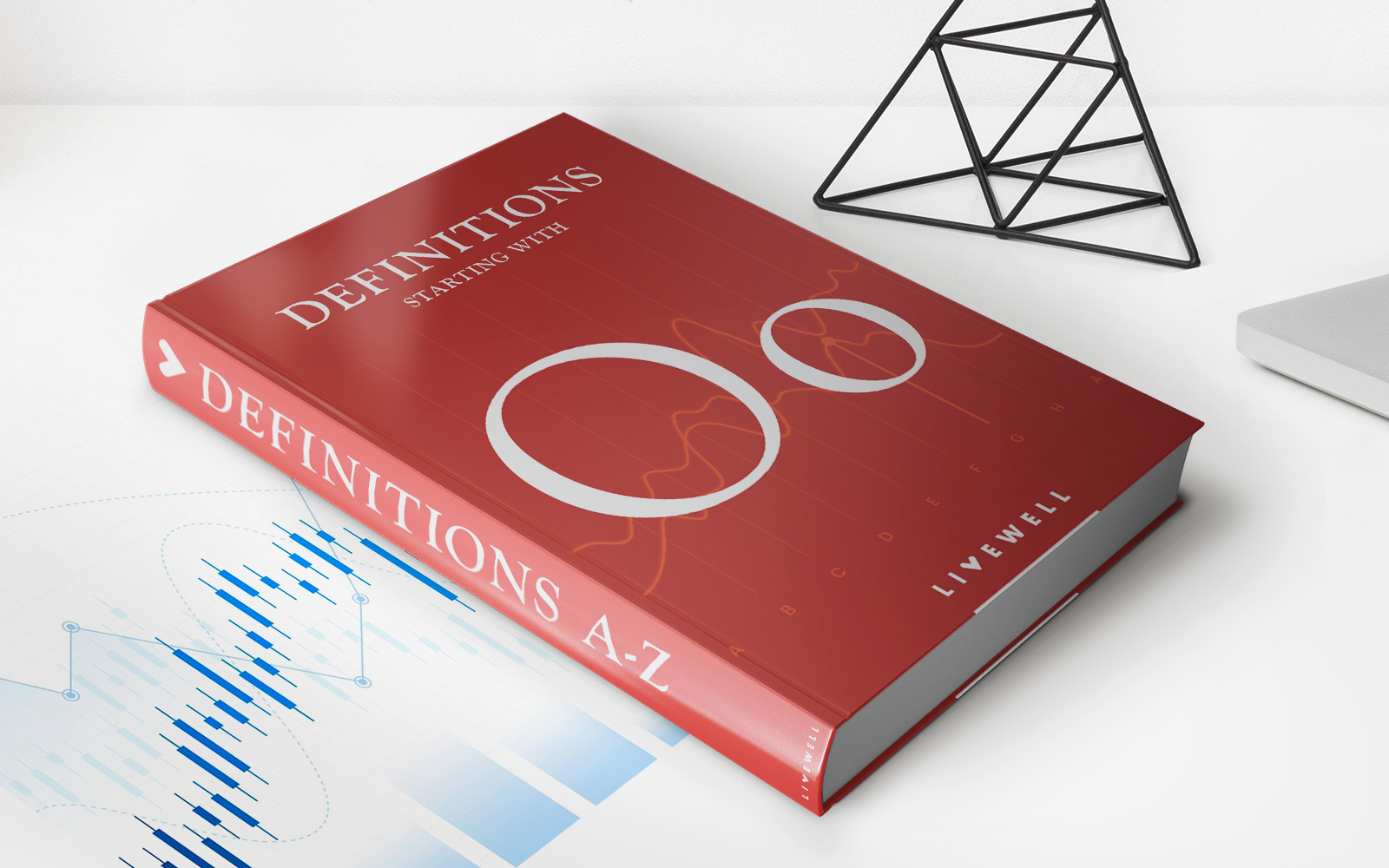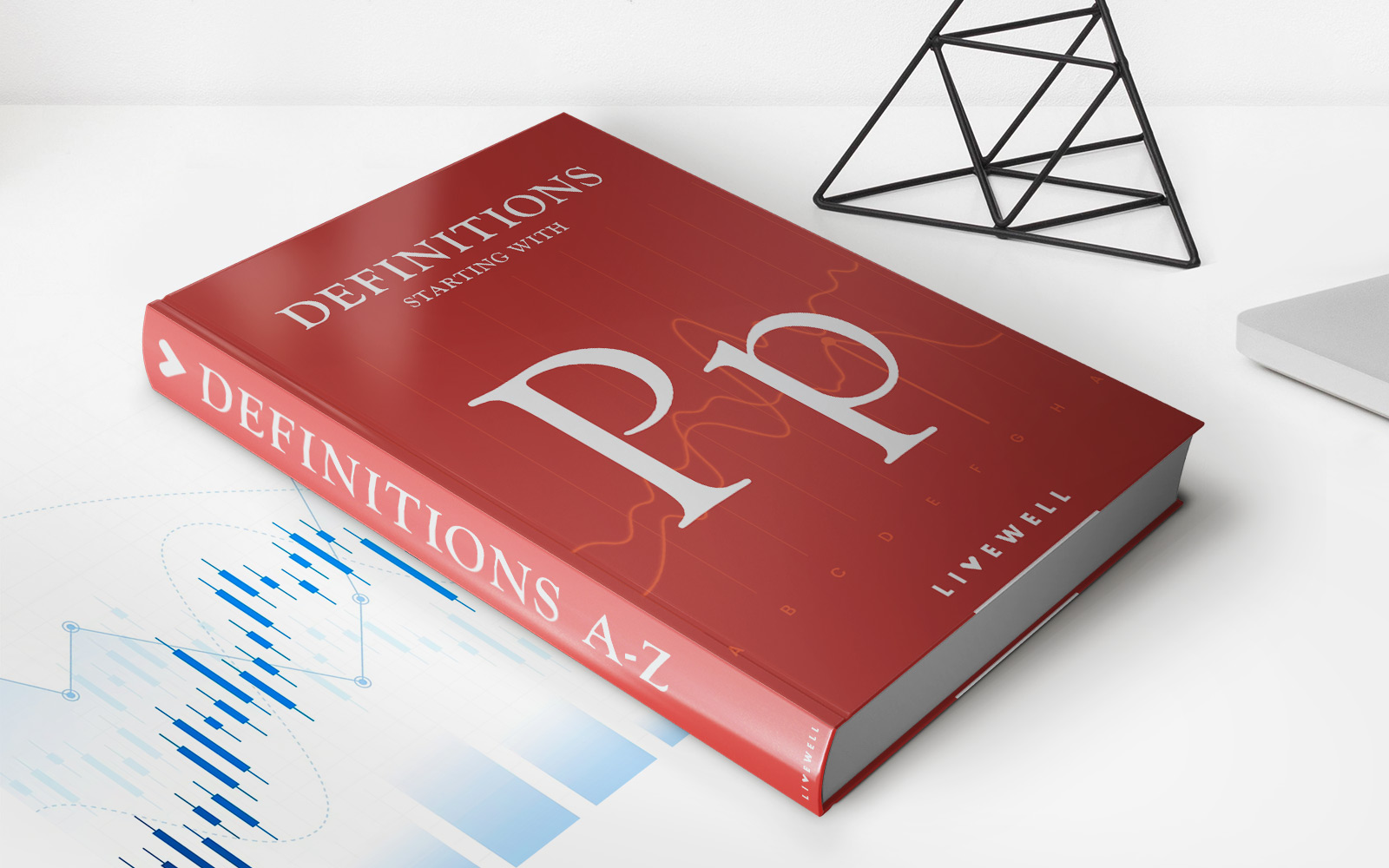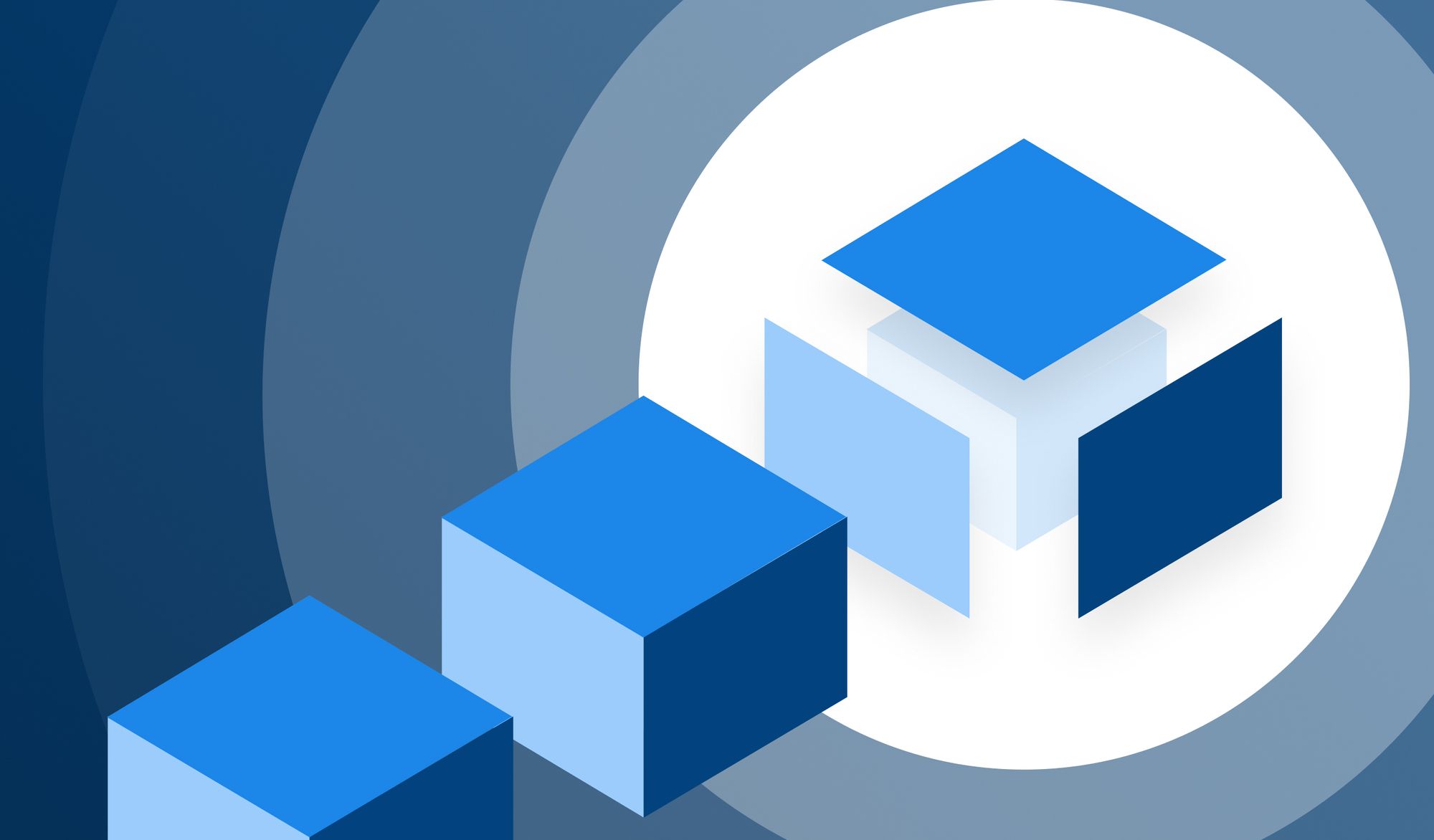

Finance
What Is A Blockchain Explorer
Published: October 23, 2023
Discover the power of blockchain technology in finance with our comprehensive blockchain explorer. Gain insights into transactions, blocks, and addresses for improved understanding and analysis.
(Many of the links in this article redirect to a specific reviewed product. Your purchase of these products through affiliate links helps to generate commission for LiveWell, at no extra cost. Learn more)
Table of Contents
Introduction
In the world of blockchain technology, where transparency and decentralization are paramount, a blockchain explorer plays a crucial role. It serves as a powerful tool that allows users to navigate and interact with blockchain networks, providing them with invaluable insights and information.
A blockchain explorer can be likened to a search engine specifically designed for blockchain data. Just as Google enables users to search for information on the internet, a blockchain explorer enables users to search for information and verify transactions on a blockchain network.
Blockchain explorers have gained significant prominence as blockchain technology has become more widely adopted across various industries. They have become an essential component in understanding and analyzing blockchain data, making them indispensable for developers, investors, and even everyday users.
In this article, we will delve deeper into the world of blockchain explorers, exploring their functions, features, and benefits. We will also examine the challenges and limitations that come with using these explorers. By the end, you will have a comprehensive understanding of how blockchain explorers work and why they are vital in the world of cryptocurrencies and distributed ledger technology.
What is a Blockchain Explorer?
A blockchain explorer is a web-based tool or application that allows users to explore and interact with a blockchain network. It acts as a window into the blockchain, providing users with access to various information and functionalities.
At its core, a blockchain explorer enables users to view and verify transactions that have occurred on a blockchain. It displays a chronological list of transactions, including details such as the transaction hash, timestamp, sender and recipient addresses, and the amount transferred. This transparency is a hallmark feature of blockchain technology, and the explorer allows users to track and validate the movement of funds.
Furthermore, a blockchain explorer provides users with real-time updates on the status of transactions. Users can see if a transaction is pending, confirmed, or even if it has been rejected. This information is crucial for participants in a blockchain network, as it allows them to monitor the progress of their transactions and ensure their completion.
In addition to transaction data, a blockchain explorer also displays information about blocks. A block is a collection of verified transactions that are added to the blockchain. Explorers allow users to view details about individual blocks, including the block height, hash, timestamp, and the transactions contained within it.
Moreover, a blockchain explorer provides visibility into the network’s overall health and performance. Users can monitor key metrics such as the total number of transactions, the network’s hash rate, and the number of active nodes. This data helps users gauge the activity level of the network and assess its security and reliability.
Blockchain explorers also support search functionality, allowing users to search for specific transactions, addresses, or blocks. This makes it easier to locate and track specific data points within the blockchain, saving time and effort.
Overall, a blockchain explorer empowers users with a comprehensive view of a blockchain network, enabling them to monitor transactions, validate data, and gain insights into the network’s performance. It serves as an essential tool for anyone involved in blockchain-related activities, from developers and investors to regulators and enthusiasts.
History of Blockchain Explorers
The concept of blockchain explorers emerged alongside the advent of blockchain technology itself. With the creation of the first blockchain, Bitcoin, in 2009 by the anonymous person or group known as Satoshi Nakamoto, the need for a tool to explore and navigate this new decentralized system arose.
Initially, the exploration of the Bitcoin blockchain was limited to command-line tools and APIs, which were primarily used by developers and early adopters. These tools allowed users to access raw blockchain data and navigate through blocks and transactions. However, they were not user-friendly and lacked the visual interface that we are accustomed to with modern blockchain explorers.
As the popularity of Bitcoin grew and more people started to interact with the blockchain, the demand for a user-friendly and accessible blockchain explorer increased. This led to the development of the first graphical blockchain explorers, such as the famous Bitcoin Block Explorer, launched in 2010 by Bitcoin’s community advocate, Gavin Andresen.
The Bitcoin Block Explorer allowed users to easily search for transactions and addresses on the Bitcoin blockchain, providing a more intuitive way of interacting with the data. This marked a significant milestone in the evolution of blockchain explorers, as it opened up the technology to a broader audience.
Over time, as other blockchain networks and cryptocurrencies emerged, blockchain explorers expanded their reach beyond just Bitcoin. Ethereum, launched in 2015, introduced its own blockchain explorer called Etherscan, which became extremely popular among users looking to explore Ethereum’s smart contracts and token transactions.
Today, various blockchain explorers exist for different blockchain networks, serving as essential tools for users to explore and interact with their respective networks. These explorers have evolved to offer not only transaction and block information but also advanced features such as wallet integration, token tracking, decentralized application (dApp) browsing, and analytics.
The history of blockchain explorers reflects the continuous advancements in blockchain technology and the increasing demand for user-friendly interfaces. As blockchain technology continues to evolve and gain mainstream adoption, we can expect further innovation and improvement in the functionality and usability of blockchain explorers.
How Does a Blockchain Explorer Work?
A blockchain explorer functions as an interface between users and the blockchain network, providing a user-friendly way to navigate and interact with blockchain data. While the specifics can vary across different blockchain explorers, they generally operate using a similar underlying mechanism.
The key components of how a blockchain explorer works include:
- Data Retrieval: A blockchain explorer retrieves data from the blockchain network, which is usually stored in a distributed and decentralized manner across multiple nodes. The explorer connects to nodes on the network to access the necessary data, such as transactions, blocks, and addresses.
- Data Indexing and Parsing: Once the data is retrieved, the blockchain explorer indexes and parses it into a more easily accessible format. This process involves extracting relevant information from the raw blockchain data and structuring it in a way that can be presented to users in a meaningful manner. This indexing allows for efficient and quick retrieval of information when users perform searches or browse through the explorer’s interface.
- User Interface: The blockchain explorer presents the indexed data to users through a user interface. This interface can take the form of a website, application, or API. It allows users to search for transactions, addresses, or blocks, view transaction histories, track the status of transactions, and access various analytical tools and visualizations.
- Real-time Updates: A blockchain explorer stays connected to the blockchain network and receives real-time updates on new transactions and blocks. This ensures that the data displayed to users is up to date and reflects the latest information available on the blockchain.
- Security and Privacy: Blockchain explorers prioritize the security and privacy of users’ data. While blockchain data is inherently transparent, explorers typically implement measures to protect user privacy, such as pseudonymization of addresses and the option to choose whether to associate specific data with personally identifiable information.
Overall, a blockchain explorer acts as a bridge between users and the blockchain network, providing a user-friendly interface to navigate and explore blockchain data. It retrieves, indexes, and presents the data in a structured format, allowing users to search, analyze, and gain insights into blockchain transactions, blocks, and network statistics.
Key Features of a Blockchain Explorer
A blockchain explorer offers a range of features that enable users to explore, analyze, and interact with blockchain data. These features provide valuable insights into the transactions, addresses, and blocks on the blockchain network. Below are some key features commonly found in blockchain explorers:
- Transaction Search: Blockchain explorers allow users to search for specific transactions by entering the transaction hash or specific parameters such as sender/receiver addresses or transaction amounts. This feature enables users to track the progress of transactions and verify their completion on the blockchain.
- Address Information: Users can enter a specific address into a blockchain explorer to view its transaction history, balance, and associated metadata. This feature provides transparency and allows individuals and businesses to monitor their own addresses or investigate the activity of others.
- Block Details: Blockchain explorers display detailed information about individual blocks, such as block hash, height, timestamp, and the transactions included in the block. Users can explore the contents of each block and trace the flow of transactions within the blockchain network.
- Transaction Visualization: Some blockchain explorers offer visual representations of transaction flows and network activity. These visualizations can help users understand the movement of funds and the interactions between different addresses on the blockchain network.
- Network Statistics: Blockchain explorers provide real-time statistics and metrics about the blockchain network. This includes information such as the total number of transactions, the average block time, the current hash rate, and the number of active addresses or nodes. These statistics give users an overview of the network’s health and activity.
- Token and Contract Information: For blockchain networks that support tokens and smart contracts, explorers often provide information about token balances, token transfers, and contract interactions. This feature is particularly useful for users interested in exploring the decentralized applications (dApps) and token ecosystems built on top of the blockchain network.
- Transaction Confirmation: Users can verify the confirmation status of transactions through a blockchain explorer. This helps in determining the number of confirmations a transaction has received, which is an important aspect for assessing the security and finality of a transaction.
These key features empower users to gain a comprehensive understanding of the blockchain network and the activities taking place within it. Blockchain explorers play a vital role in enhancing transparency, facilitating research, and enabling users to make informed decisions within the blockchain ecosystem.
Benefits of Using a Blockchain Explorer
Using a blockchain explorer offers several significant benefits for individuals and organizations engaging with blockchain networks. These benefits contribute to increased transparency, security, efficiency, and accountability within the blockchain ecosystem. Some key advantages of using a blockchain explorer include:
- Transaction Verification: A blockchain explorer allows users to independently verify transactions by examining the transaction data recorded on the blockchain. This enhances trust and eliminates the need to rely on third-party intermediaries for transaction confirmation.
- Transparency and Immutability: Blockchain explorers provide transparency by allowing users to view every transaction and block recorded on the blockchain network. The immutable nature of blockchain ensures that once a transaction is added to the blockchain, it cannot be altered or tampered with. This transparency and immutability foster trust and accountability.
- Security Monitoring: A blockchain explorer enables users to monitor the security of the blockchain network by tracking the number of transactions, identifying potential anomalies, and monitoring the overall health and performance of the network. This helps identify potential security risks or attacks, enabling prompt action to be taken.
- Enhanced Research and Analysis: Blockchain explorers provide valuable data and insights that facilitate research and analysis within the blockchain ecosystem. Users can track trends, analyze transaction patterns, and gain a deeper understanding of the behavior of specific addresses or tokens. This information is invaluable for investors, developers, and researchers.
- Address and Transaction Monitoring: Blockchain explorers allow users to monitor specific addresses and transactions of interest. This feature is particularly useful for businesses and individuals who want to track the flow of funds, ensure compliance with regulations, or investigate suspicious activities.
- Accessibility and User-Friendliness: Blockchain explorers are designed to be user-friendly, making it easier for both technical and non-technical users to navigate and interact with blockchain data. The intuitive interfaces and search functionalities ensure that users can quickly access the information they need without the need for specialized technical knowledge.
- Community Engagement: Many blockchain explorers provide additional features such as forums or chat rooms where users can engage with the community, discuss blockchain-related topics, and seek advice or guidance. This fosters collaboration, knowledge-sharing, and the building of a vibrant blockchain community.
The benefits of using a blockchain explorer extend beyond individual users to businesses, governments, and other entities. By leveraging the transparency, security, and efficiency of blockchain technology, these explorers enable stakeholders to make well-informed decisions, drive innovation, and unlock new possibilities in various industries.
Popular Blockchain Explorers
With the growing popularity and adoption of blockchain technology, several blockchain explorers have emerged to cater to the needs of users across different blockchain networks. These explorers provide diverse features and functionalities, making them popular choices among users. Here are some of the most widely used and highly regarded blockchain explorers:
- Bitcoin Block Explorer (blockchain.com): As one of the first and most prominent blockchain explorers, blockchain.com’s Bitcoin Block Explorer allows users to search and explore transactions, blocks, and addresses on the Bitcoin network. It provides real-time data, network statistics, and a secure wallet service.
- Etherscan (etherscan.io): Etherscan is a blockchain explorer specifically tailored for the Ethereum network. It offers a comprehensive suite of tools, including transaction history, token tracking, contract exploration, and decentralized application (dApp) analytics. Etherscan is widely used by developers, investors, and Ethereum enthusiasts.
- Binance Explorer (explorer.binance.org): Binance, one of the leading cryptocurrency exchanges, provides its own blockchain explorer for the Binance Smart Chain network. The Binance Explorer offers transaction history, asset tracking, and the ability to explore decentralized finance (DeFi) projects built on the Binance Smart Chain.
- Blockchair (blockchair.com): Blockchair is a versatile blockchain explorer that supports multiple blockchain networks, including Bitcoin, Ethereum, Bitcoin Cash, and others. It provides advanced search capabilities, transaction analysis, and real-time statistics for various blockchain ecosystems.
- NEO Tracker (neotracker.io): NEO Tracker is a blockchain explorer for the NEO network, which focuses on smart contracts and digital asset management. It allows users to browse NEO transactions, addresses, and assets, providing comprehensive insights into the NEO blockchain.
- Cardano Explorer (cardanoexplorer.com): Cardano Explorer is a blockchain explorer for the Cardano blockchain, a platform known for its focus on security and scalability. It allows users to explore Cardano transactions, addresses, and blocks, providing a detailed view of the Cardano network.
These are just a few examples of popular blockchain explorers available today. However, there are numerous other blockchain explorers catering to different blockchain networks, such as Litecoin, Ripple, Stellar, and more. When exploring a specific blockchain, it is recommended to use the dedicated explorer for that network to access accurate and relevant information.
Popular blockchain explorers play a crucial role in providing users with a user-friendly interface and comprehensive data to navigate and monitor blockchain networks. They are essential tools for blockchain enthusiasts, investors, developers, and researchers to gain insights, verify transactions, and explore the vast potential of decentralized technologies.
Challenges and Limitations of Blockchain Explorers
While blockchain explorers offer valuable functionalities and insights, there are some challenges and limitations that users should be aware of. These limitations arise due to the nature of blockchain technology and the complexities involved in tracking and analyzing blockchain data. Here are some common challenges faced by blockchain explorers:
- Privacy Challenges: Although blockchain technology provides transparency and immutability, it also presents privacy challenges. While blockchain explorers do not typically display personally identifiable information, it is still possible for individuals to infer identities from transaction patterns or external information. Maintaining privacy while providing transparency is a delicate balance that blockchain explorers need to address.
- Data Accessibility: Some blockchain networks impose restrictions on accessing certain types of data or require additional permissions to view specific details. This can limit the ability of blockchain explorers to provide comprehensive data and insights. Additionally, data availability can vary across different blockchain explorers, affecting the consistency and completeness of the information provided.
- Scalability Issues: As blockchain networks grow in size and transaction volume, scalability becomes a challenge for blockchain explorers. The sheer amount of data generated by a blockchain network can make it difficult for explorers to index and retrieve information in real-time. This can lead to delays in displaying up-to-date data and affect the user experience.
- Blockchain Network Updates: Blockchain networks undergo updates and upgrades over time, introducing new features or modifying existing protocols. These updates can sometimes introduce changes that are not backward-compatible with existing blockchain explorers, making it necessary for explorer developers to update their systems to ensure compatibility and accurate data representation.
- Complexity of Smart Contracts: Some blockchain networks, such as Ethereum, support complex smart contracts that involve intricate logic and interactions. Understanding and accurately representing the data related to these smart contracts in a user-friendly manner can be challenging for blockchain explorers. It requires advanced parsing and visualization techniques to make sense of the complexity and present it in a simplified way.
- Variation in Explorer Features: Different blockchain explorers offer varying features and functionalities. Some explorers may prioritize specific metrics or focus on certain blockchain networks, resulting in variations in data representation and analysis. Users may need to use multiple explorers to access the full range of features they require, leading to fragmentation and inconsistency of information.
Despite these challenges and limitations, blockchain explorers continue to evolve and improve. Developers are constantly working to address these issues and enhance the functionality and usability of blockchain explorers. As blockchain technology matures and becomes more widely adopted, it is expected that these challenges will be mitigated, leading to even more powerful and user-friendly blockchain explorers in the future.
Conclusion
Blockchain explorers play a vital role in the world of blockchain technology, providing users with the tools to navigate, monitor, and explore blockchain networks. These explorers enhance transparency, facilitate research, and empower individuals and organizations to make more informed decisions within the blockchain ecosystem.
Through features such as transaction search, address information, and block details, blockchain explorers enable users to verify and track transactions, explore the movement of funds, and monitor network health and performance. They offer real-time updates, advanced analytics, and visualizations that aid in understanding the complex data within a blockchain network.
Using a blockchain explorer offers numerous benefits, including transaction verification, transparency, security monitoring, enhanced research and analysis, and community engagement. It empowers users to independently validate transactions, ensures transparency through immutability, and provides valuable insights for investment and strategic decision-making.
However, blockchain explorers also face challenges and limitations, such as privacy concerns, data accessibility restrictions, scalability issues, and the complexity of smart contracts. These limitations require continuous innovation and improvement in the design and functionality of blockchain explorers to overcome these hurdles.
In conclusion, blockchain explorers are indispensable tools for developers, investors, researchers, and enthusiasts looking to interact with blockchain networks. They bridge the gap between the complex blockchain data and the user-friendly interface, offering insights and functionalities that enable users to explore the potential and possibilities of this groundbreaking technology. As blockchain technology continues to evolve, we can expect blockchain explorers to evolve alongside, providing even more comprehensive and user-centric experiences in the future.
